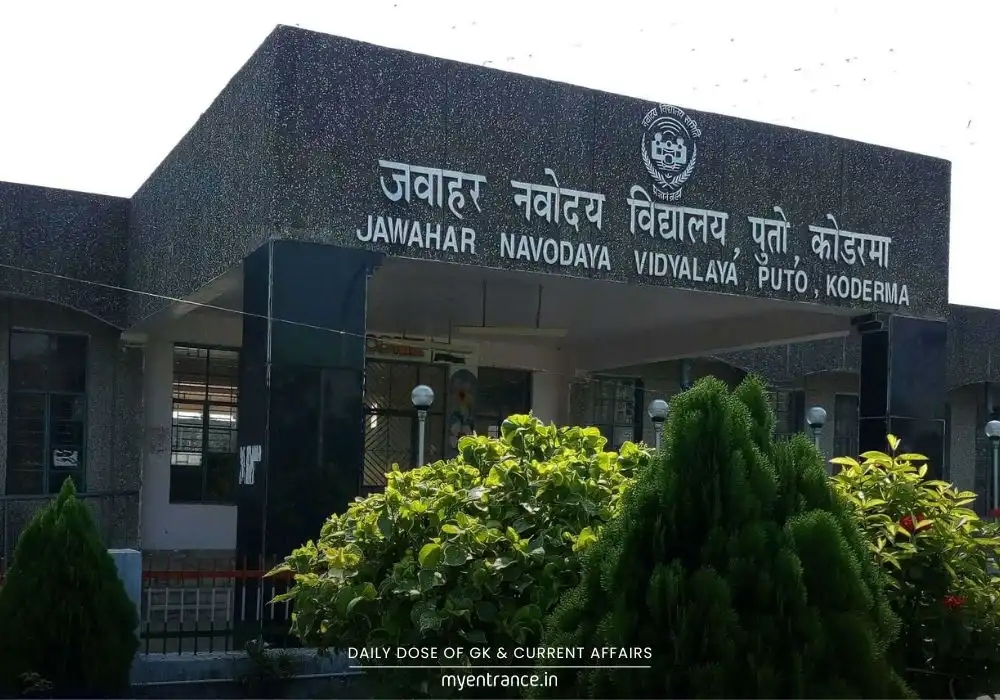Translate Language
Kerala’s Golden Jackals: Adaptation or Survival Struggle?
Recent research has uncovered a fascinating fact—Kerala is home to an estimated 20,000 to 30,000 Golden Jackals (Canis aureus naria). Unlike many wildlife species that retreat deep into forests, these jackals have adapted remarkably well to human-altered landscapes. A large-scale citizen science study, involving over 2,200 participants, recorded 5,000 sightings across 874 villages, reshaping our understanding of their distribution and behavior.

How Was This Study Conducted?
Led by wildlife experts like P.S. Easa, this study combined public participation with scientific modeling to map jackal presence accurately. Instead of relying solely on forest data, researchers analyzed sightings from diverse habitats—proving jackals are far more widespread than previously believed.
Where Do Golden Jackals Live in Kerala?
Contrary to assumptions, only 2% of sightings occurred in protected forests. Instead, jackals prefer:
Lowland areas (below 200m elevation)
Coconut groves (24% of sightings)
Paddy fields (8%) and rubber plantations (6%)
Rural settlements (10%) and even urban spaces (5.6%)
They avoid high-altitude regions like the Western Ghats and some coastal zones (e.g., Alappuzha, Attappady), where competition or habitat conditions are unfavorable. Surprisingly, small populations have adapted to elevated areas like Munnar and Eravikulam.
Why Are Golden Jackals Thriving Near Humans?
These jackals display unusual ecological flexibility, comfortably living in cities such as Kochi, Thiruvananthapuram, and Thrissur. Their survival hinges on:
Scavenging organic waste (a growing trend in coastal areas)
Preying on pests like rodents and wild boars (benefiting farmers)
Human-Jackal Relations: Conflict or Coexistence?
74.7% of respondents don’t consider jackals a nuisance.
Many appreciate their role in natural pest control.
Concerns remain over poultry attacks and rare rabies cases.
Poor waste management lures jackals into urban areas, raising health risks.
Threats and Conservation Challenges
Despite their adaptability, Golden Jackals face serious risks:
Hybridization with Stray Dogs
Interbreeding threatens genetic purity, potentially weakening survival traits.
Habitat Loss Due to Urbanization
Open landscapes (paddy fields, groves) are shrinking, forcing jackals into conflict zones.
Dependence on Human Waste
Scavenging garbage may lead to disease spread and unnatural population surges.
Lack of Legal Protection Outside Forests
Current conservation policies focus on forests, ignoring human-dominated habitats.
Need for Public Awareness & Policy Reform
Better waste management and community education are crucial.
Long-term monitoring is needed to track population health.
Key Q&A on Kerala’s Golden Jackals
Q1: How many Golden Jackals are in Kerala?
A: Estimates suggest 20,000–30,000, making Kerala a key habitat for this subspecies.
Q2: Do Golden Jackals live only in forests?
A: No—98% of sightings were outside protected forests, including farms and cities.
Q3: Are jackals dangerous to humans?
A: Rarely. Most people don’t see them as threats, but rabies and poultry attacks are occasional concerns.
Q4: Why is hybridization with dogs a problem?
A: It dilutes unique jackal genes, possibly reducing their adaptability in the wild.
Q5: How can we protect Golden Jackals?
A: By safeguarding open habitats, improving waste management, and expanding conservation efforts beyond forests.
Final Thoughts
Kerala’s Golden Jackals are a testament to wildlife resilience, but their future depends on balancing urbanization with conservation. By addressing hybridization risks, habitat loss, and human-jackal conflicts, we can ensure these adaptable canines remain part of Kerala’s rich biodiversity.
Explore more wildlife insights and exam-prep resources at MyEntrance.in!
Get 3 Months Free Access for SSC, PSC, NIFT & NID
Boost your exam prep!
Use offer code WELCOME28 to get 3 months free subscription. Start preparing today!















